Lavender
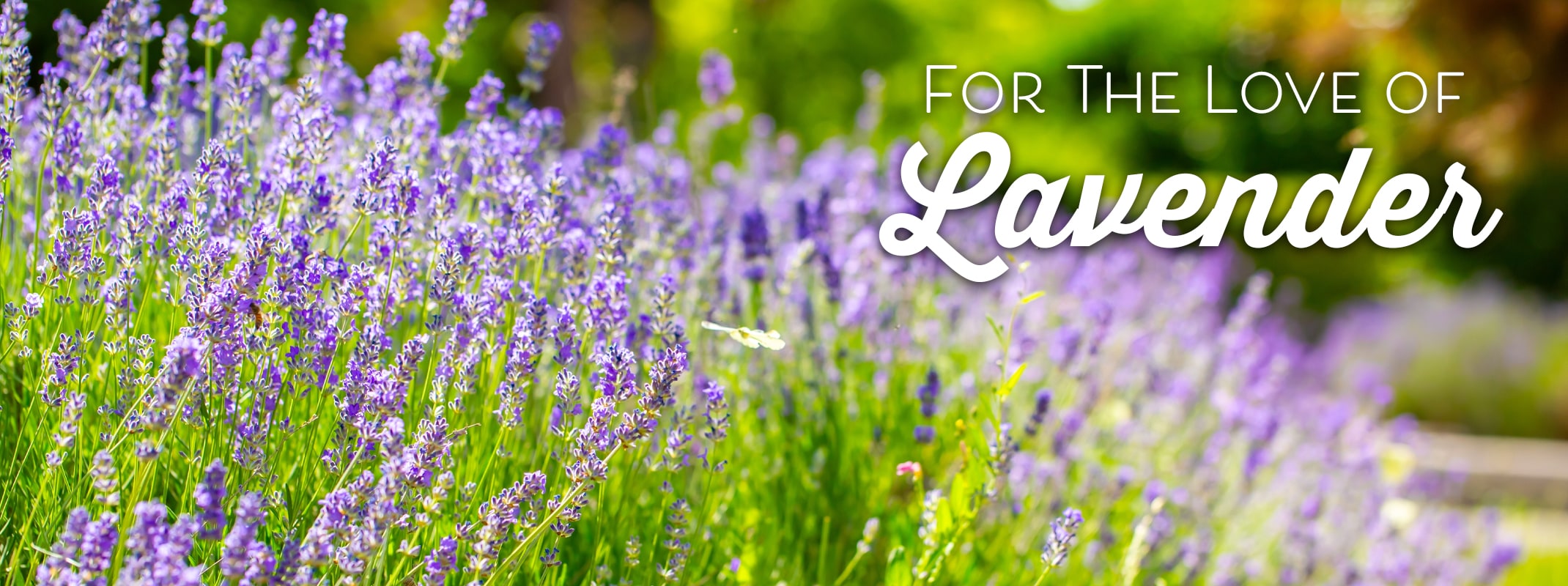 Lavender (Lavandula): A Fragrant & Versatile Garden Favorite
Lavender (Lavandula): A Fragrant & Versatile Garden Favorite
Lavender is more than just a beautiful addition to your garden—it’s a sensory experience. From its soothing fragrance to its ability to attract pollinators, lavender is a must-have for any landscape. Whether you grow it for its ornamental charm, culinary uses, or essential oils, this resilient plant offers endless benefits.
Why Grow Lavender?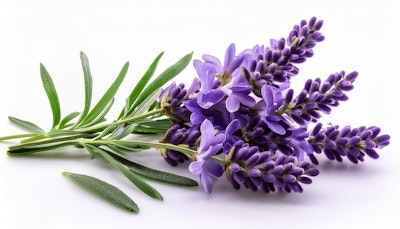
- Fragrant Blooms – Fills your garden with a calming, floral aroma
- Pollinator-Friendly – Attracts bees, butterflies, and other beneficial wildlife
- Versatile Uses – Perfect for dried arrangements, culinary creations, and essential oils
- Low Maintenance – Drought-tolerant and easy to grow with minimal care
The Essence of Lavender
- Type: Perennial
- Height & Spread: 20”–24” tall and wide
- Planting Distance: 12”–18” apart
- Bloom Time: Summer
- USDA Zones: 5–9
- Flower Color: Lavender
Lavender Care Made Simple
- Sun: Full sun (6–8 hours daily)
- Soil: Well-draining, sandy soil
- Water: Once a week after establishment; avoid overwatering
- Best Planting Time: Fall or winter for strong summer growth
- Pruning: In the first year, trim low-growing varieties back by 1–2 inches; in the following years, cut back about one-third of the plant to prevent woody growth, and shape as needed to maintain the desired size and appearance.
- Fertilization: Not needed—over-fertilizing reduces fragrance
Find Your Lavender Match: Which One is Right for Your Garden?
At SummerWinds Nursery, we carry a seasonal selection of lavender plants (while supplies last), each with its own unique characteristics, bloom time, fragrance, and ideal growing conditions. Stop by and let our Trusted Garden Advisors help you choose the best variety for your space. Below are the main types of lavender and the varieties you’ll find at our stores. Selection may vary by location.
English Lavender (Lavandula angustifolia)
English Lavender is the most popular variety for culinary use thanks to its low camphor content, which gives it a sweeter, more delicate flavor. It blooms earlier than other types, typically in late spring to early summer, and often produces a second, lighter flush if deadheaded. Its tidy, compact growth habit makes it ideal for borders, herb gardens, and containers. In addition to being deer and rabbit resistant, it's a magnet for pollinators—especially bees. This variety thrives in full sun and well-drained soil, and it tolerates cold better than other lavenders, making it a reliable choice for regions with chilly winters. Regular pruning helps maintain its shape and encourages bushy growth.
4 Varieties of English Lavender
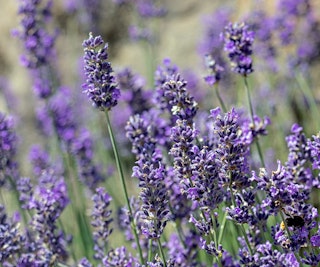
1. Munstead
A gardener favorite! Compact with deep purple flowers and silvery foliage.
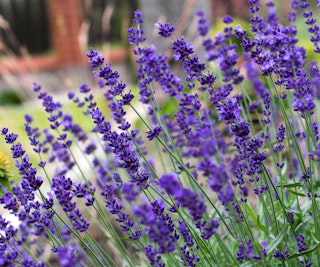
2. Hidcote
A popular, deep violet-blue blooming variety with strong fragrance.
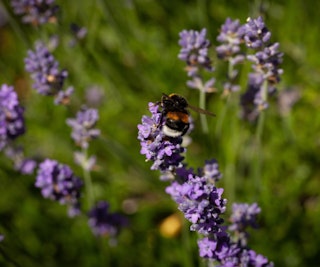
3. Thumbelina Leigh
A dwarf variety, perfect for small gardens and containers.
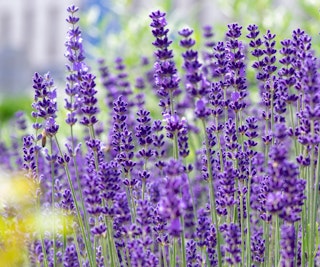
4. Lavandula (generic) – Check tag or ask for specific species to determine best use.
French Lavender (Lavandula dentata)
French Lavender stands out with its finely toothed foliage and distinctive flower heads topped with frilly bracts, giving it an elegant and decorative look. It’s prized for its exceptionally long blooming period, often flowering from late spring through fall in warm climates. While it’s not typically used for culinary purposes due to its stronger camphor scent, it’s a fantastic choice for adding year-round interest and texture to garden beds, borders, and informal hedges. French Lavender thrives in warm, dry climates and is more heat-tolerant than English Lavender, though it’s less cold-hardy and may need protection in cooler regions. Its continuous blooms attract pollinators and bring vibrant color and fragrance to your landscape throughout the growing season. Regular pruning after flowering will keep it neat and encourage even more blooms.
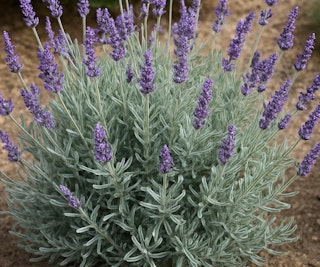 Goodwin Creek
Goodwin Creek
Silvery foliage and long-lasting bloom; excellent for containers and warm zones.
Spanish Lavender (Lavandula stoechas)
Spanish Lavender is one of the most visually striking lavender types, instantly recognizable by its compact, pinecone-like flower heads crowned with colorful bracts that resemble rabbit ears. It’s especially well-suited for hot, dry climates and thrives where other lavenders might struggle. This variety blooms early in the season and may rebloom intermittently with proper care and deadheading. Though not commonly used in culinary applications, it adds strong ornamental appeal to garden beds, walkways, and patio containers. Spanish Lavender is drought-tolerant once established and attracts bees and butterflies, making it an excellent choice for pollinator-friendly gardens. Its compact habit and eye-catching flowers also make it a favorite for small spaces and Mediterranean-inspired designs. Prune lightly after blooming to maintain its shape and encourage fresh growth.
8 Varieties of Spanish Lavender
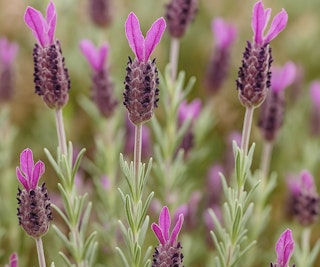
1. Otto Quast
Heat-tolerant with striking purple blooms.
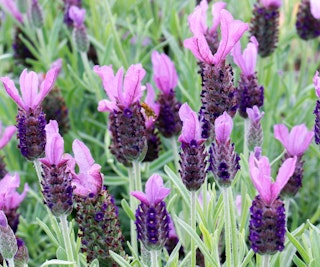
2. Anouk
Compact and showy; early bloomer.
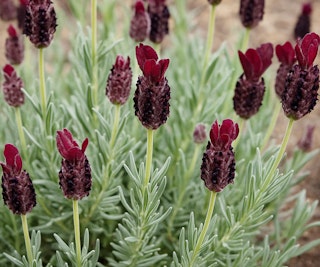
3. Anouk Burgundy
Deep burgundy flowers with excellent ornamental value.
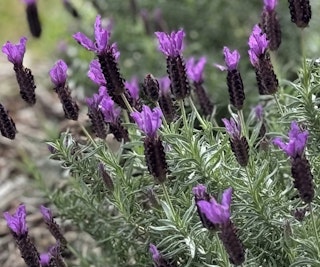
4. Anouk Primavera
Early bloomer with soft violet bracts.
NEW! - at SummerWinds
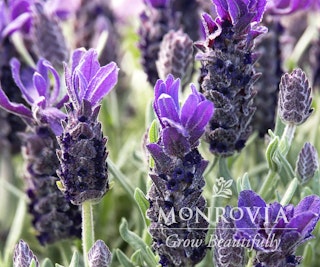
5. Anouk Purple Flare
Bright purple bracts with strong visual appeal.
NEW! - at SummerWinds
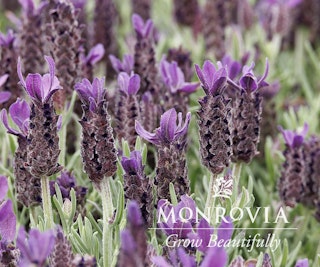
6. Anouk Purple Medly
Colorful variety with mixed purple tones.

7. Javelin Fort Deep Purple
Compact habit and rich purple “ears.”
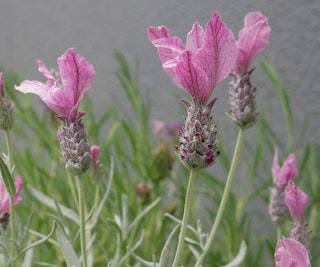
8. Javelin Fort Deep Rose
Rose-pink flower heads with strong form and fragrance.
Lavandin (Lavandula × intermedia)
Lavandin is a naturally occurring hybrid between English Lavender (Lavandula angustifolia) and Portuguese Lavender (L. latifolia), combining the best traits of both parents. It inherits the cold hardiness and rich scent of English Lavender along with the heat tolerance and larger size of Portuguese Lavender. These robust, low-maintenance plants are ideal for hedging, mass plantings, and cutting gardens. Lavandin produces tall, showy flower spikes with a strong, camphor-like aroma—perfect for dried bouquets and essential oils. Blooming later in the season, typically from mid- to late-summer, it extends the lavender show in your garden and attracts pollinators with its abundant blossoms. Prune after flowering to maintain shape and encourage dense growth.
3 Varieties of Lavandin Hybrid Lavender
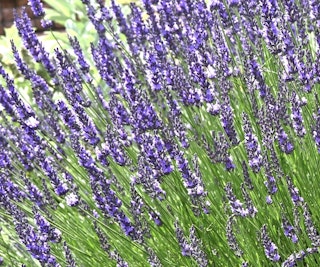
1. Grosso
One of the most fragrant lavenders, ideal for oils and dried use.

2. Provence
Elegant, long stems perfect for cutting and borders.
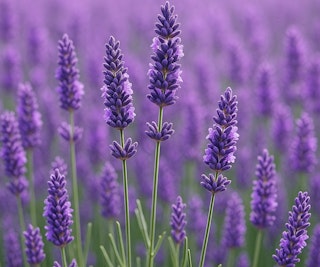
3. Sensational
Heat- and humidity-tolerant with bold, showy blooms.
Companion Plants for Lavender
14 Companion Plants
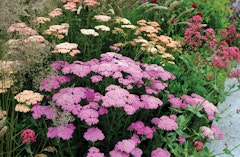
Achillea
Thrives in hot, dry conditions like lavender and adds feathery texture and long-lasting color that complements lavender's form.
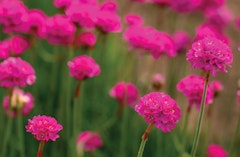
Armeria
Compact, drought-tolerant, and excellent for edging; its low profile pairs well with lavender without crowding it.

Echinacea
Both attract pollinators and prefer sunny, well-draining spots, plus Echinacea’s bold, upright blooms contrast beautifully with lavender’s mounds.
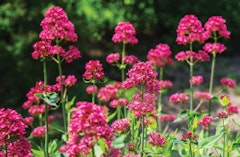
Centranthus
Tolerates poor soil and drought, blooms prolifically, and offers a soft, airy texture that enhances lavender’s structure.
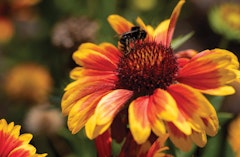
Gaillardias
Loves dry, sunny gardens and adds warm, vibrant color to balance lavender’s cool tones.

Kniphofia
Striking vertical spikes and heat tolerance make it a dramatic foil to lavender’s rounded shape and soft hues.
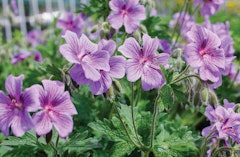
Geranium Cranesbill
This hardy geranium adds mounding color, thrives in similar conditions, and helps suppress weeds around lavender.
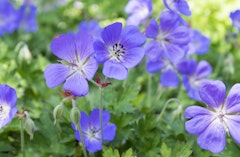
Geranium Rozanne
A long-blooming groundcover that thrives in sun and doesn’t compete with lavender for water or nutrients.
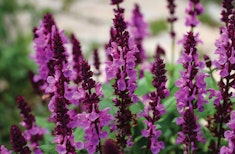
Meadow Sage
Both prefer dry, sunny conditions and the vertical flower spikes contrast nicely with lavender’s shape.
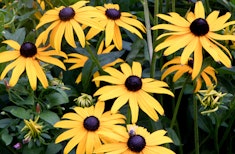
Rudbeckia
Drought-tolerant and pollinator-friendly, it provides bold, sunny contrast and extended summer bloom.
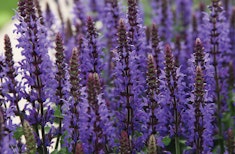
Salvia Nemerosa
A lavender lookalike in color and form that extends the bloom season and supports pollinators.

Salvia Officinalis
An aromatic herb with similar water and soil needs; the silvery foliage blends beautifully with lavender.

Sedum Stone Crop
Low water needs and succulent texture make it a perfect ground-level partner for lavender in dry borders.
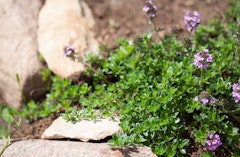
Thyme
A low-growing, fragrant herb that complements lavender in scent and appearance while filling in gaps between plants.
At SummerWinds Nursery, we offer a wide variety of lavender plants. From Spanish lavender plants to English lavender plants, or Trusted Garden Advisors can help you determine the ideal plant for your space and give you the best advice for lavender plant care.
Visit your local SummerWinds Nursery today where we guarantee success!

